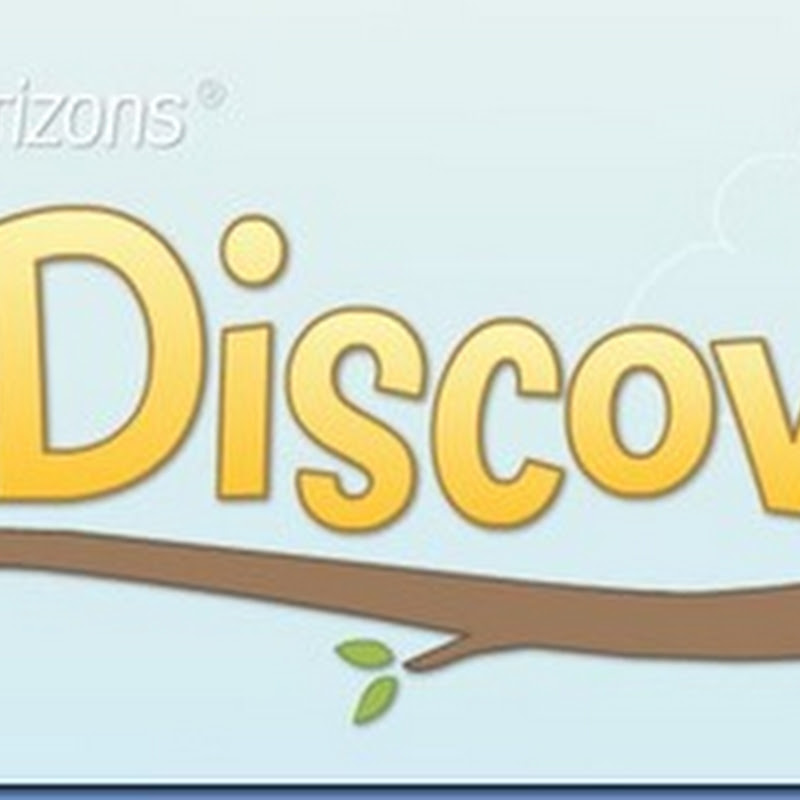LAB
OBJECTIVE: Comparing a microscope to a hand lens, exploring how objects can appear larger.
VOCABULARY: hand lens, magnify, microscope
MATERIALS: Microscope, magnifiers, paper strips


PROCEDURE:
- Read The Naked Eye to children. Make sure you go over some of the words in the storybooks by reading it first and then go back through the story and identify words that may be new to kindergartens. Usually the picture helps explain the new word.
- The object of this lab is for students to decide whether the microscope or a hand lens makes an object more distinct. Students will "vote" at each station whether the hand lens or the microscope makes the object larger. Remember, you must have two identical objects if you did not purchase the kit. Use the same kind of magnifier at each station.
- Review the use of the microscope.
- Students may have difficulty in looking through a microscope. One eye should be closed and the opened eye should look through the tube. You may want to use "pirate patches" over one eye or have the students put their hand over one eye. This helps students see more easily through the microscope. Do not have the students adjust the microscope. Focus the material for students. Remember the 2.5 objective is about 5.5 cm away from the object.
- Give students 15 LARGE and 15 VERY LARGE strips of paper to be used for voting. Emphasize that you want your students to analyze how clear the image is.
- Have students go to different stations that are prepared with two similar items (you can limit the stations but we suggest 15). Put one of the items under the microscope and examine the other item with the hand lens. On the microscope use the reflected light option. Children at this age have trouble looking at a thin section. If you have not purchased the kit, select items that the children are familiar with like feathers, sand, fabric, seeds, dirt, or any other available items.
- After looking at both items, have students "vote" on the hand lense or microscope that makes the item look the largest (VERY LARGE) and the instrument that they think is not the largest, have them put (LARGE).
- After the students have been to all the stations, go to each station and count the number of votes. Hopefully all the microscopes will win. Discuss how the microscope makes objects more distinct and shows more detail.
- If you do not have the Swift-GH microscope or Prism Microscope, you may want to use another hand lens.

Junior really enjoyed this lab. He was completely taken back by how things look through the microscope. Especially this leaf from a flower. He thought is had "hairy legs like dad" which were not visible to the naked eye.
A list of objects we used: key, leaf, flower pedal, ant, fly wing, ribbon, sand, dirt, rock, dime, celery, onion skin, dog tag, bread, hair, rice grain.
Also we did use a pirate eye patch for my Little Engineer but Jr. quickly learned how to shut one eye well enough to not need it.
The boys really liked using the microscope and I have a feeling that we will be using it again just for fun.
This was a great lab and would highly recommend it for all you homeschoolers. Making little ones aware of the "microworld" really broadens their understanding of things and now it makes sense when I say "wash the germs off your hands" because they actually believe that their are germs now that they can't see but know are there ;)
Blessings,
Jenna
Find this lab at Elementary/K/Applied Science/Lab C/comparing a microscope to a hand lens





















No comments:
Post a Comment